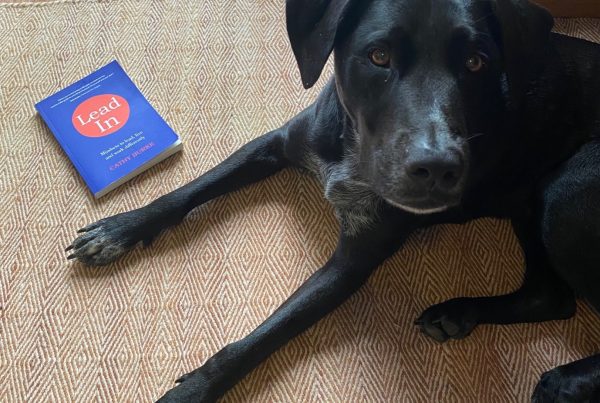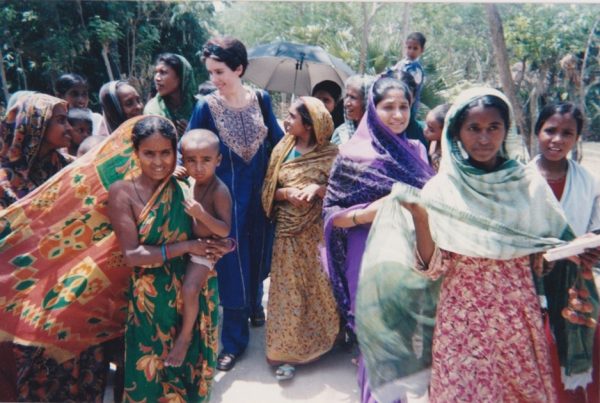“Is this it?” isn’t just the title to The Strokes first (awesome) album. It’s an existential question that can keep us awake at night, tired in the morning, and feeling bad for even asking.
The question gets increasingly urgent once we reach our late thirties and into our forties. There can be a feeling of ennui, a malaise. Nothing’s especially wrong, it just feels that life has lost its shine. The thrill of professional success isn’t as meaningful anymore. The dreams and expectations you once had are either not met, or feel increasingly irrelevant.
To compound it, we feel bad about feeling bad! “What’s my problem?’ we think. ‘Life is pretty good!’. This internal critical dialogue deepens and lengthens feelings of dissatisfaction and disappointment. “What a whiny self indulgent person I am to feel like this’ we berate ourselves. We don’t share how we feel with others because it feels undeserved, and we fear we will be mocked. So we keep these feelings locked away.
It might feel very personal to you, but this is an age old path. Dante’s Inferno, written in the 12th century reads “In the middle of the road of my life I awoke in a dark wood, where the true way was wholly lost.“
If you’re going through an extended period of midlife dissatisfaction, you are not alone. You’re not an awful, ungrateful person. You’re actually going through the trough of what’s been coined ‘the happiness curve”, beautifully documented in Jonathon Rauch’s book of the same name.*
Across many different cultures and countries, a downward curve regarding happiness has been documented, typically beginning in our late thirties and lasting until our early fifties. This trough, or “U” as its called, happens independent of our circumstances. What happens is we expect joy and satisfaction to only increase from our twenties through to our fifties, and then drop off in later middle age. However the opposite actually happens! There is a noticeable drop in feelings of happiness from around our late thirties, and it keeps getting worse through our forties. (Which wasn’t the plan at all!) Interestingly, the fog lifts when we hit our early/mid fifties – at the time we expected we would be feeling least satisfied. It is this gap between where we expected we would be in our forties, and where we actually are, which fuels the negativity and confusion experienced during midlife.
Fascinatingly, this phenomenon has been observed in chimps and other primates too. There is a lot of evidence to this being part of normal human development, like adolescence is. We know adolescence is a time of extreme emotional and physical changes. Well, the midlife blues has its own procession, and it is every bit as real. As Rauch writes “the happiness curve, however unpleasant at its nadir, seems to be part of a healthy and important personal (and social) transition.”
The hashtag #firstworldproblems hasn’t helped navigating this time in our life. Its true that the midlife malaise can’t be compared to a mother trying to feed her family in the midst of a drought. But to write off despair and disappointment because they don’t compare in some arbitrary suffering hierarchy is really unhelpful. To disown how we feel – to marginalise our feelings of loss, anxiousness, and unhappiness because others suffer more, is a form of self harm.
Compassion and acceptance are key to navigating this time in one’s life as gracefully as possible. Research shows it is a ‘this too shall pass’ experience: as it descends, so it lifts – it takes time. It takes courage too. As poet and philosopher David Whyte writes:“The measure of our courage is the measure of our willingness to embrace our disappointment, to turn towards it rather than away.”**
I’m sharing this because I know a number of my readers are traversing this midlife trough, and it feels like a personal failure. I want to tell you that you are not a freak, and this arc in your life is quite normal. It’s just rarely spoken of. I believe the more we speak to each other, love ourselves, and gain support for this part of our human journey, the better and more compassionate the road is.





